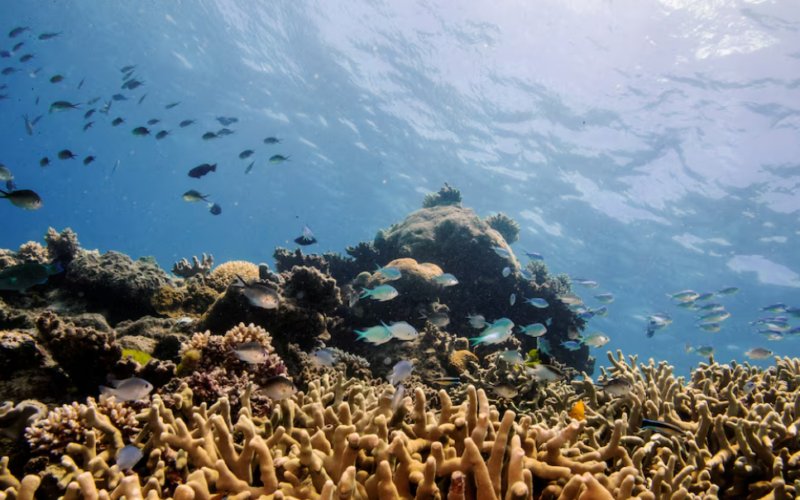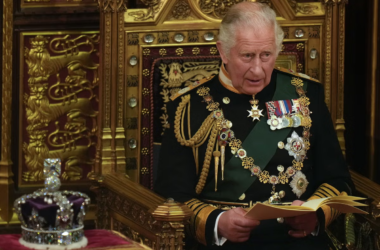Recent findings by Australian researchers have identified instances of coral bleaching around six islands located in the far northern reaches of the Great Barrier Reef. This discovery comes in the wake of a declaration by a government agency last week, indicating a significant bleaching event unfolding across the world’s largest reef ecosystem.
Scientists from James Cook University revealed their observations on Friday, noting that only a few relatively healthy areas, primarily situated in deeper waters, were found during surveys conducted at the Turtle Group National Park, approximately 10 km offshore from the state of Queensland.
Lead researcher Maya Srinivasan conveyed the distressing nature of their findings, particularly regarding the extent of bleaching observed, especially in shallow waters. However, Srinivasan remained cautiously optimistic, indicating that while the corals were undergoing bleaching, there remains a possibility of recovery provided water temperatures decrease sufficiently.
Coral bleaching, a phenomenon triggered by warmer ocean temperatures, results in corals expelling the colorful algae inhabiting their tissues, causing them to turn white. While bleached corals can potentially recover if water temperatures normalize, prolonged exposure to high temperatures can lead to their demise.
Spanning approximately 2,300 km along Australia’s northeastern coast, the Great Barrier Reef has experienced five mass bleaching events in the past eight years, a trend experts attribute to climate change.
The inclusion of the six islands in the Turtle Group into the university’s monitoring program represents a significant step towards better understanding how corals are impacted by bleaching, cyclones, and floods, according to Srinivasan.
Given predictions of increased frequency and intensity of disturbance events due to climate change, Srinivasan emphasized the critical importance of sustaining long-term monitoring programs to assess the health of coral reefs in the future.
Simon Bradshaw, Research Director at Australia’s Climate Council, likened the current situation on the Great Barrier Reef to an “underwater bushfire,” signaling heightened risks for the reef ecosystem and raising concerns about potential irreversible impacts within the climate system.








